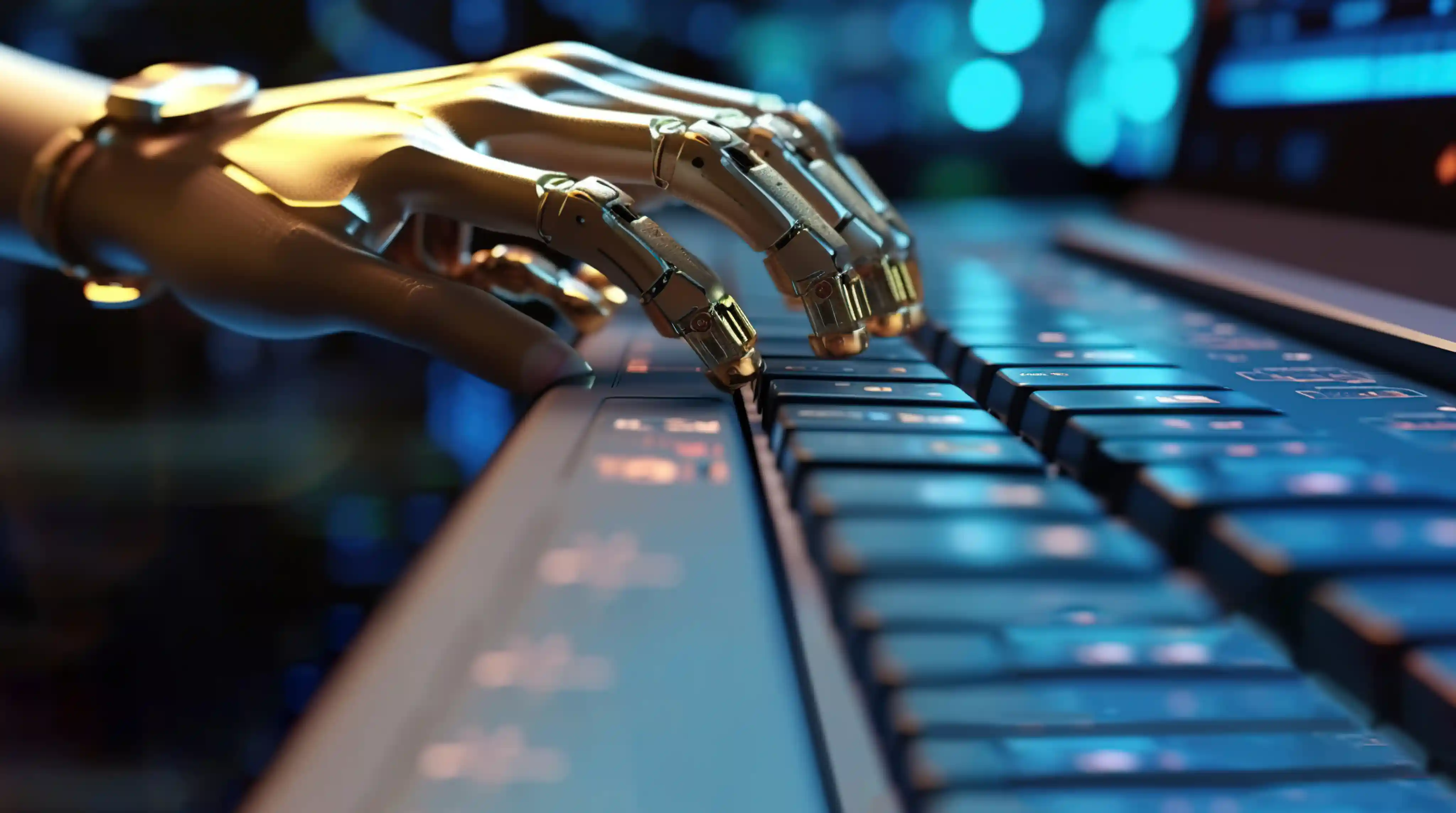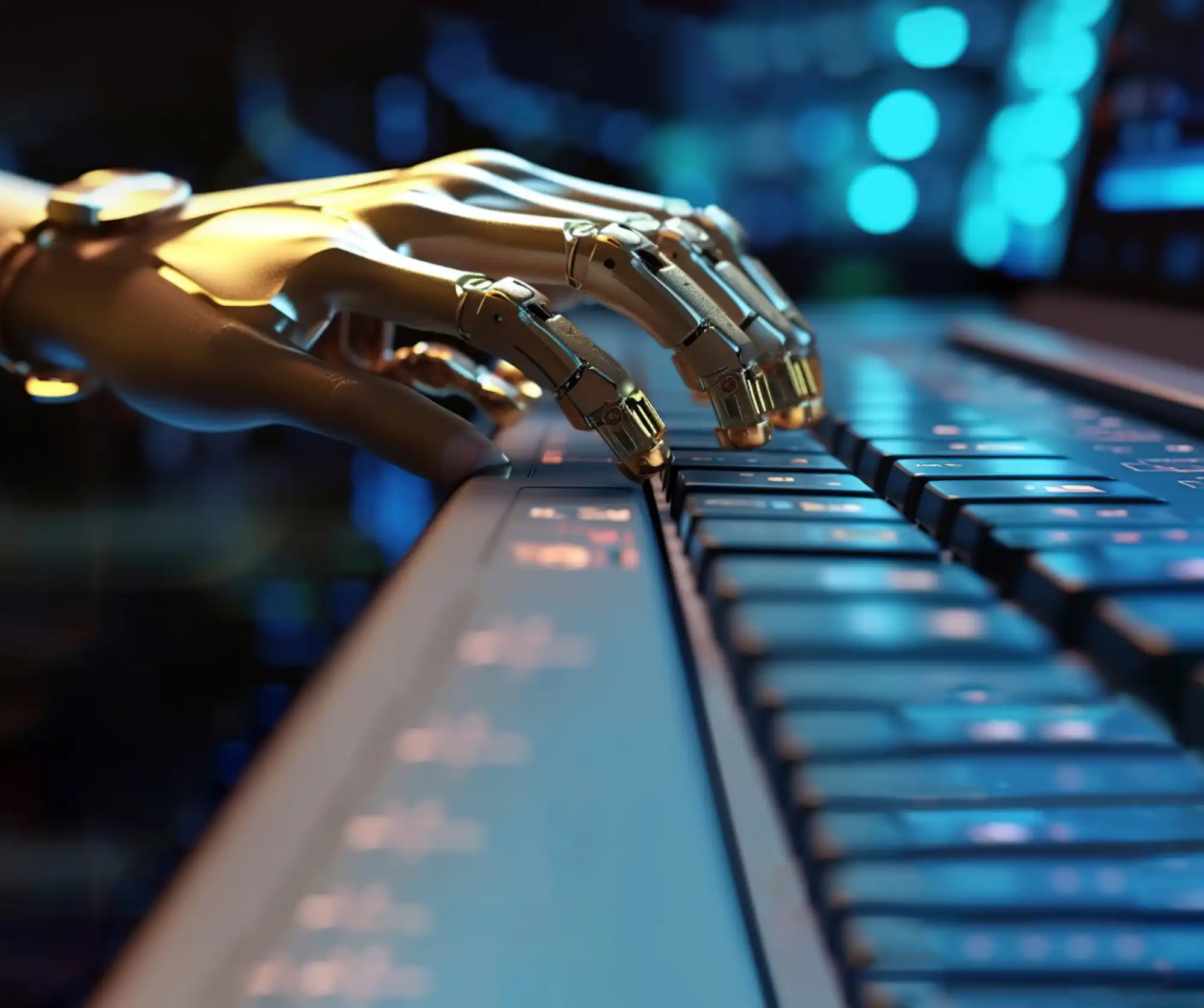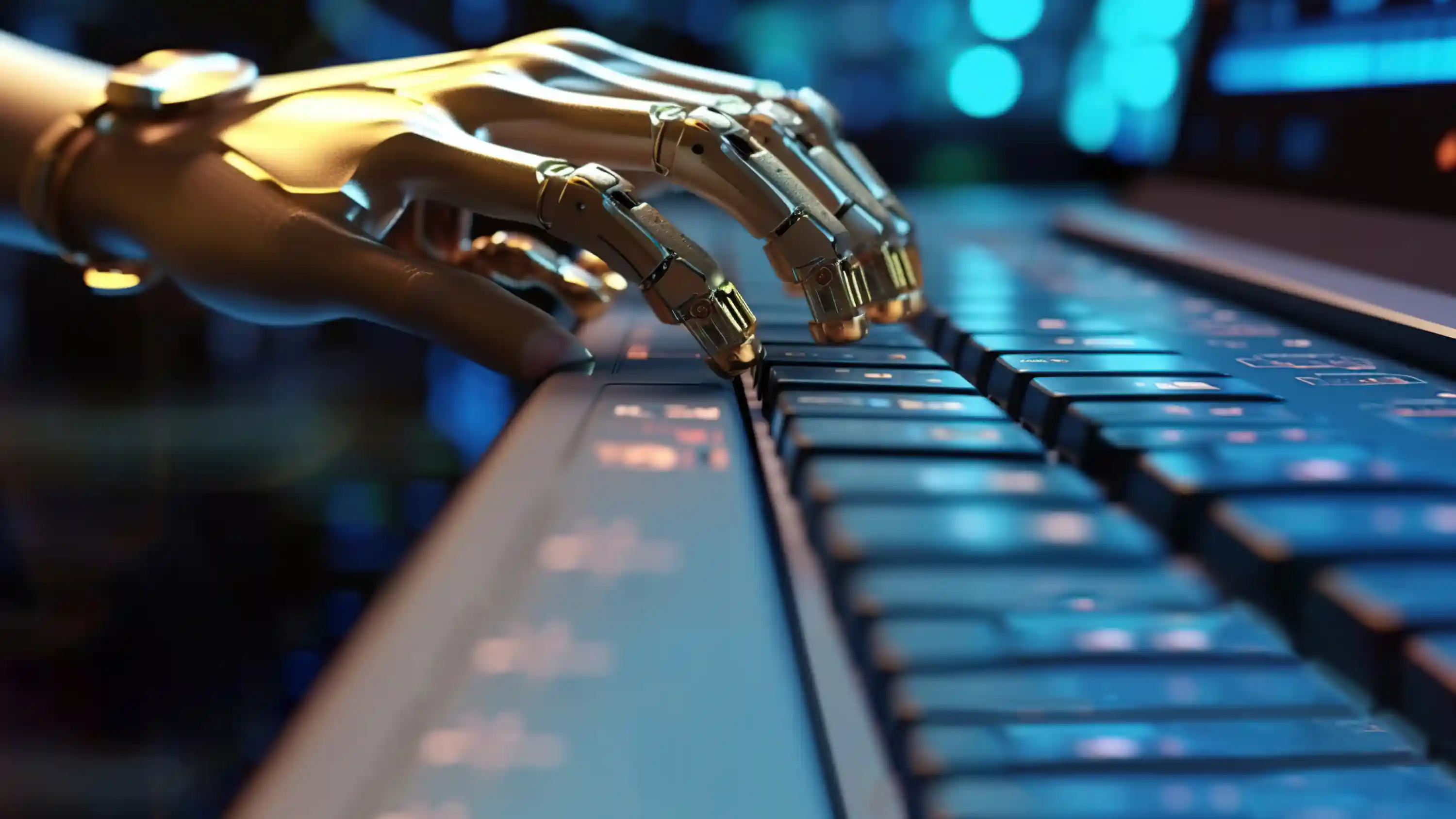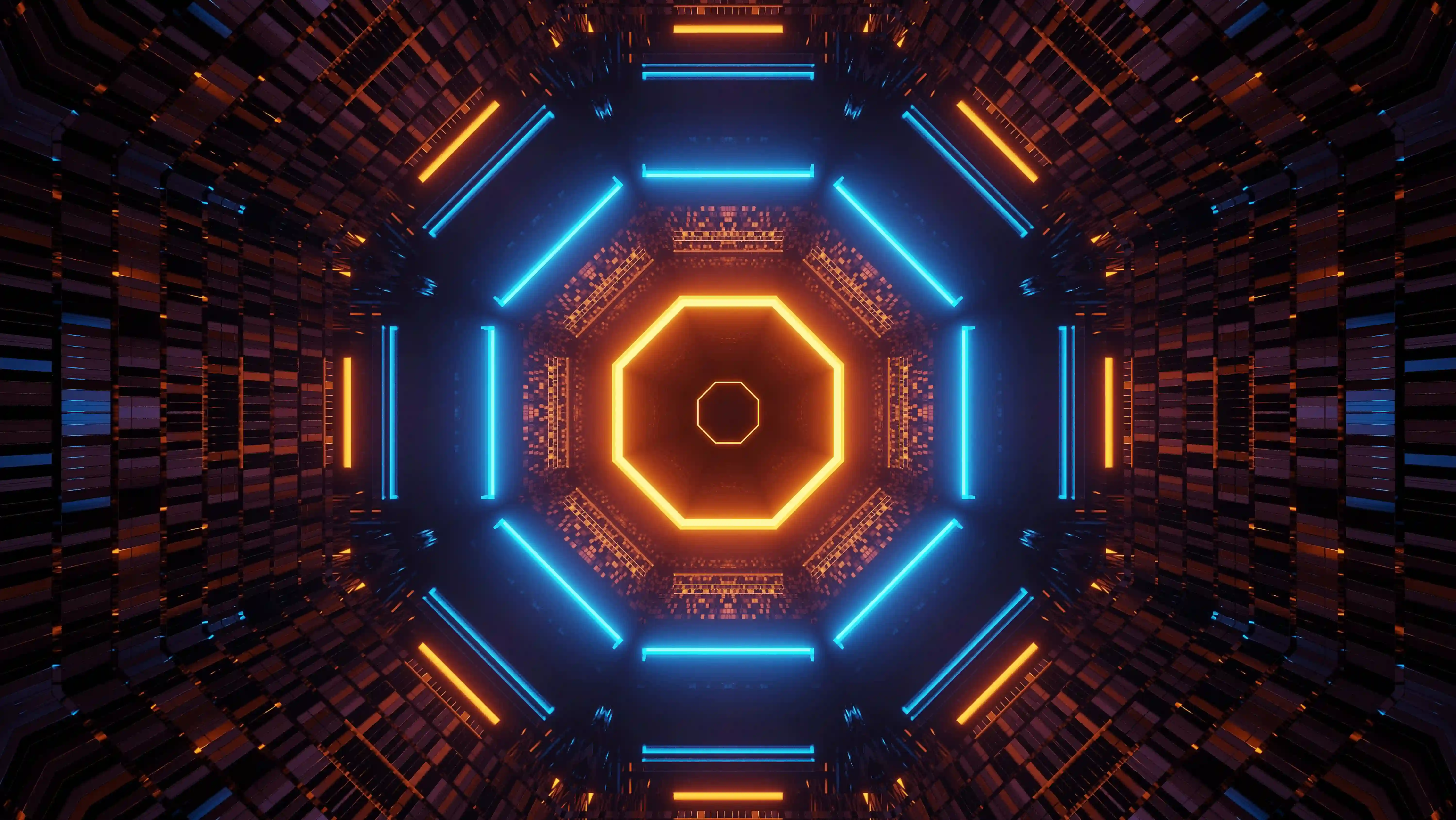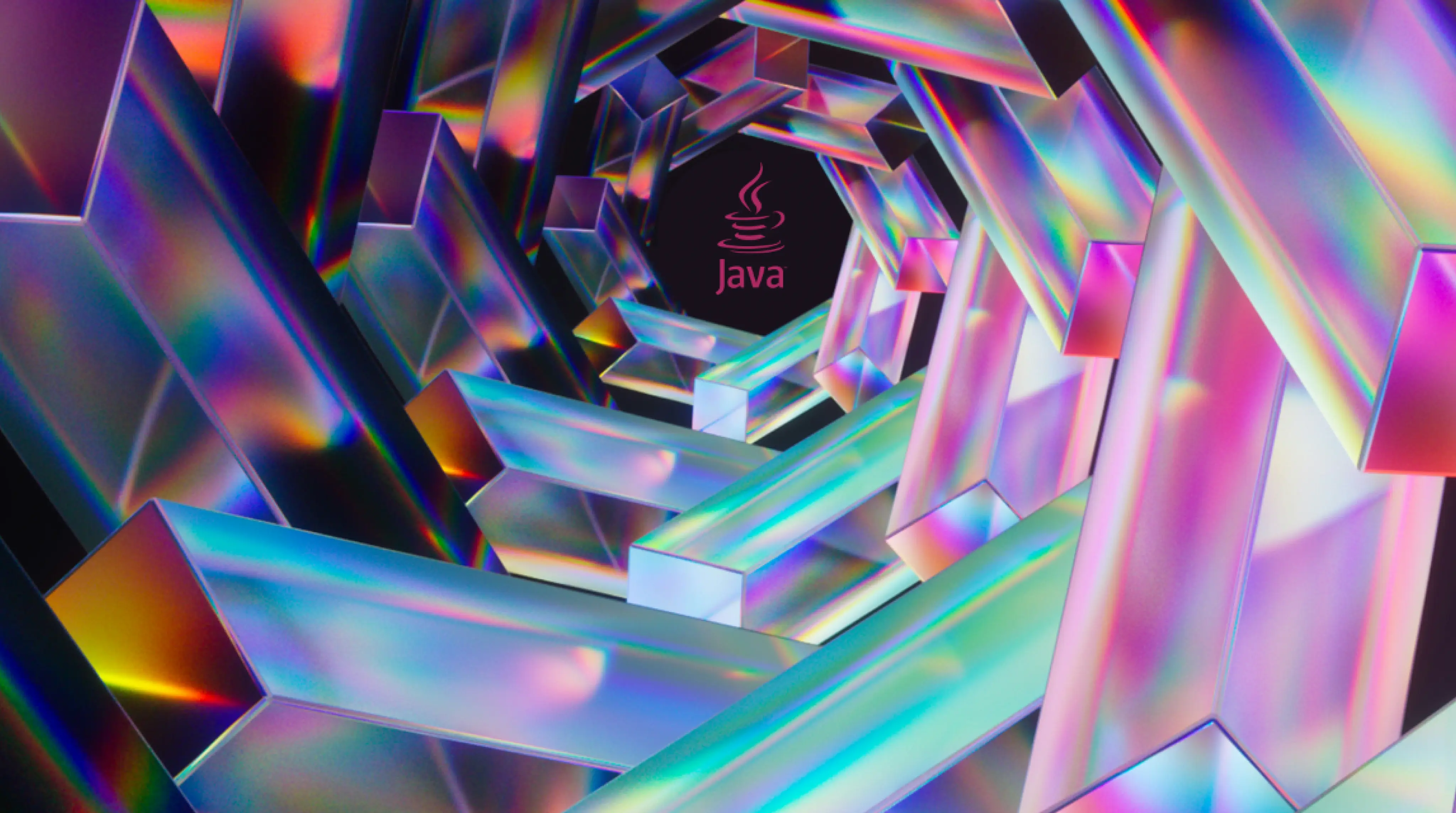Transforming AI Software Development With GenAI
May 29, 2024
Introduction
To advance in today’s dynamic digital environment, one must always be innovative and inventive. Generative models, machine and deep learning algorithms, and artificial intelligence (AI) are not just revolutionary tools but also empower developers to push the limits of technology and create personalized experiences, streamline workflows, and drive innovation.
In software development, having a refined AI strategy is crucial for tech leaders to stay competitive and effectively implement AI solutions.
Leveraging generative AI capabilities can significantly improve software development, product design, internal operations, and business processes. Incorporating AI in software development has many benefits, from exploring new concepts to optimizing the code and enhancing creativity.
The article explores the profound impact of generative AI on the software development landscape. It highlights how GenAI, through its ability to create diverse content like code, designs, and text, is revolutionizing how software is built.
Software developers often need help to fully realize their creative vision due to limitations in traditional development approaches. While generative AI can help overcome some limitations, knowing the potential risks and challenges is essential.
AI engineers should be ready to deal with the possibility of biased or discriminating outputs if social biases are present in the training data. Furthermore, inaccurate or misleading information could be produced (“hallucinations”), which is particularly dangerous in delicate fields like law or healthcare.
Generative AI’s ability to significantly improve conventional software development processes by utilizing machine and deep learning techniques holds great potential in this area. Analyzing massive datasets and simulating variations opens opportunities for application designers, enabling them to explore ideas and solve issues in new and innovative ways.
Furthermore, generative AI can raise productivity and efficiency across the product development lifecycle by optimizing workflows and automating tedious, repetitive operations.
It’s important to note that while AI can generate innovative ideas, human input and creativity ultimately shape these ideas into practical solutions.
What Generative AI can do?
Generative AI, or GenAI for short, is a unique AI technique that creates new content such as images, text, designs, and code by analyzing input data and following previously established rules.
Unlike other AI techniques, it generates creative material automatically from structured data using trained algorithms, mimicking patterns and styles identified in the same training data.
Implementing AI in software development opens up numerous opportunities and requires careful consideration of various factors to incorporate artificial intelligence into software engineering strategies effectively.
GenAI algorithms are trained on large datasets to recognize patterns and structures and generate material independently. This training procedure uses artificial neural networks, including variational autoencoders (VAEs), autoregressive models, and generative adversarial networks (GANs).
AI algorithms create new content using the knowledge gained from the data on which they have been trained.
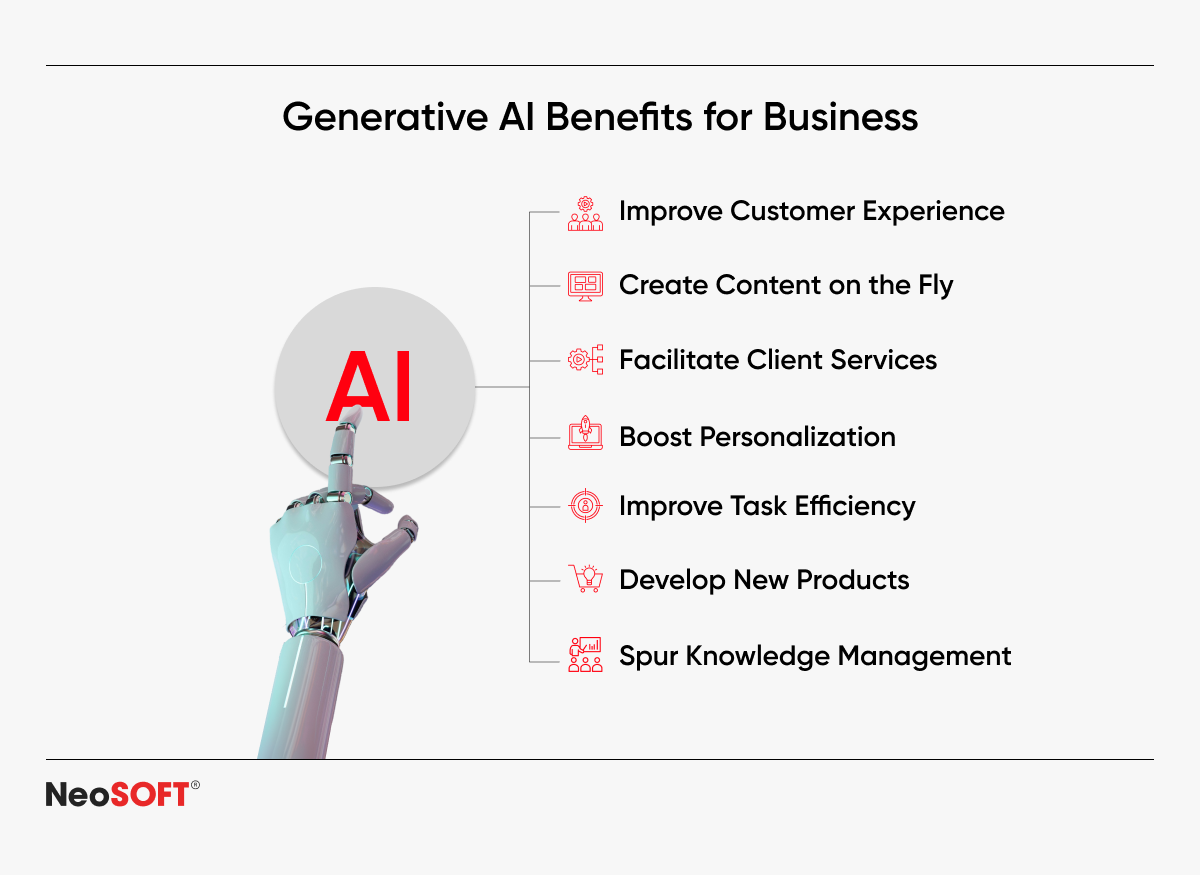
Capabilities for Developers and Designers
Generative AI offers several powerful features that can change how designers, data scientists, and AI engineers work. These features include idea generation, rapid iterations, design exploration, and concept visualization. These capabilities can significantly enhance the software development process, as we will explore in more detail in the following sections.
Idea Generation: Generative AI can produce a wide range of innovative notions by examining vast volumes of data and the patterns within, inspiring creativity and unveiling fresh ideas that programmers may not have otherwise considered.
Rapid Iterations: Generative AI can simulate several iterations in a fraction of the time a human developer would need, allowing for faster experimentation and iteration, shortening the process, and promoting quicker decision-making.
Design Exploration: By utilizing generative AI, teams can explore a broad range of choices and variations, pushing the limits of creativity and highlighting creative solutions that conventional methods may have kept obscured.
Concept Visualization: By creating visual representations of design concepts, generative AI makes it easier for developers to communicate their ideas clearly and receive meaningful feedback.
For software developers, generative artificial intelligence has the potential to be a formidable ally, providing cutting-edge tools to improve creative thinking, perform specific tasks, speed up operations, and venture into new terrain in the digital world.
Additionally, setting up multidisciplinary teams that include machine learning engineers is crucial for developing AI-driven products, as their expertise enhances human capabilities and productivity in the software development process.
Reimagining the Development Process with GenAI
Ideation Amplifier: Gen AI acts as a potent ideation amplifier, offering various alternatives and sparking creativity early in development. As mentioned above, AI may generate new and innovative concepts that would otherwise not have been considered. Presenting many possibilities inspires developers and encourages them to pursue new and unique ideas.
Fast-Track to Optimal Solutions: Encourages creativity and speeds development by assisting with iteration and optimization. By generating and comparing alternatives, AI allows developers to identify and refine ideal solutions quickly. Whether optimizing for specific criteria like functionality, aesthetics, or user experience, AI speeds the iterative process and saves time and resources while producing high-quality output. Additionally, AI can automate code reviews, testing, and debugging, leading to faster development cycles and better quality software.
Exploring the Impossible: Gen AI further expands the software development realm by proposing inventive ideas that typically appear unachievable or unreachable using traditional approaches. AI challenges preconceptions of what is possible by utilizing its capacity to analyze, combine, and spot patterns in various datasets to reveal unique alternatives. GenAI encourages engineers and developers to pursue large-scale projects that can revolutionize the sector.
GenAI Applications
Generative AI transforms businesses by autonomously producing new content and experiences. Its algorithms, often based on deep learning and neural networks, can generate various outputs, including art, music, writing, and virtual environments. This goes beyond traditional AI, often focused on analyzing existing data or making predictions.
Art and Design: GenAI generates diverse visual content in art and design, such as digital paintings and elaborate 3D models. It can inspire new artistic styles and automate repetitive design chores using algorithms trained on large datasets, promoting innovation and efficiency in various industries.
Music Composition: Through AI-assisted melody, harmony, and song creation, composers can explore new aural territory, overcome creative blocks, and expand musical expression.
Content Creation: Gen AI can autonomously produce text, graphics, and videos, including creating conversational chatbots for customer service, information dissemination, or interactive experiences.
Virtual Worlds: GenAI generates immersive virtual environments, enhancing gaming with procedurally generated content and enabling simulations for training, research, and city planning.
Design and Fashion: Generative AI has the potential to disrupt the fashion and design sectors by allowing it to generate new concepts, develop prototypes, and customize products in response to current global consumer trends. It can accelerate product iteration, minimize waste, and enable mass customisation, substantially impacting manufacturing and retail processes.
Financial Forecasting: By analyzing extensive data, GenAI predicts market trends, improves investment strategies, and reduces risk to make sounder financial decisions.
Analyzing Customer Behavior: GenAI studies purchasing habits, preferences, and dislikes to gain valuable insights into customer behavior. Companies that customize marketing campaigns, enhance user interfaces, and predict customer needs can boost customer satisfaction and loyalty.
Demand Forecasting: GenAI can predict consumer demand for products and services by utilizing past sales information, industry trends, and external variables. Maximizing pricing strategies, resource allocation, and inventory management helps businesses reduce stockouts and increase profitability.
Medical Diagnosis and Prognosis: Using genAI, healthcare professionals can evaluate test results, anticipate patient outcomes, and detect and identify illnesses. Clinical data is integrated with imaging modalities for better patient outcomes, more precise diagnoses, and more treatment options.
Fraud Detection: GenAI examines transaction data, user behavior, and trends to identify fraudulent activity. It can also protect digital ecosystems and prevent financial loss by recognising anomalies, suspicious activity, and potential threats.
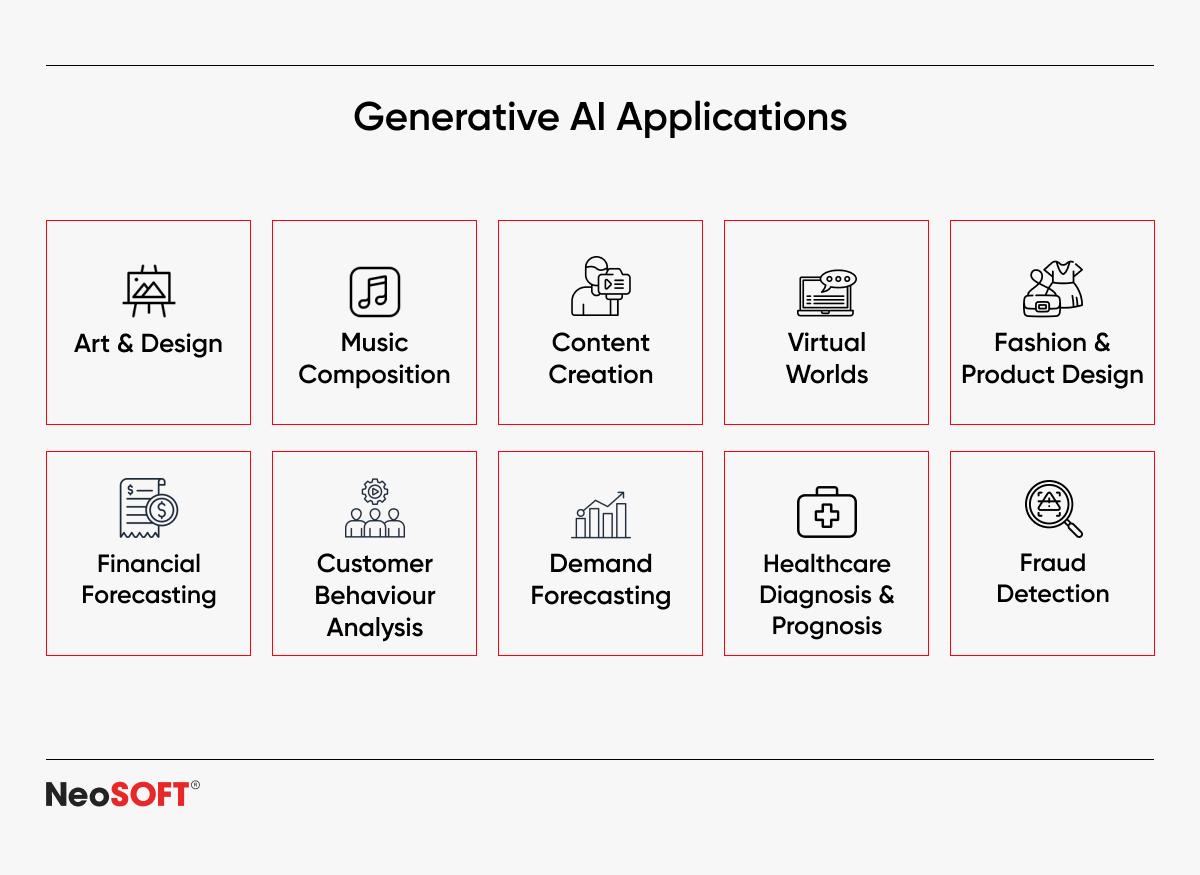
Getting Started with GenAI: Tools and Techniques
Proficiency in diverse generative AI tools and applications is a key differentiator for those seeking to establish themselves as leaders in the competitive AI industry.
No-code/low-code AI platforms help bridge the gap between technical and non-technical users, empowering both groups to participate in software development. Several popular tools and systems, some of which are listed below, may support varying levels of technical proficiency.
1. ChatGPT is a dialogical tool that uses natural language to generate text on several topics. It offers human-like responses and assists users with tasks such as answering queries, developing recommendations, and creating content.
2. Gemini, formerly Bard, is a generative pre-trained transformer model. Gemini utilizes machine learning and natural language processing (NLP) to simulate human conversation while providing meaningful responses based on real-time web searches.
3. Scribe is a transcription and note-taking application that automatically translates spoken utterances to printed text. It accurately transcribes audio recordings, interviews, meetings, and other spoken content, making it an excellent tool for data collection and organization.
4. AlphaCode is an OpenAI-developed code creation tool. It uses machine learning models to help developers generate code snippets and complete programming jobs more quickly. AlphaCode can analyze code patterns, understand programming languages, and offer ideas or automate repetitive coding chores, increasing software engineers’ efficiency.
5. Synthesia is a platform for creating hyper-realistic videos using synthetic media technology. It generates lifelike video content with AI-generated avatars and speech synthesis, allowing users to change the language, voice, and pictures.
6. The Runway is an intuitive platform that allows people to access generative AI models to experiment with various applications, such as creating art and altering pictures. Its straightforward workflow and interaction with popular creative software make it one of the best AI models for designers, artists, and inventors.
7. TensorFlow, an open-source machine learning framework, offers an entire ecosystem of information and tools for developing and utilizing generative AI and other machine learning models. TensorFlow easily performs tasks like picture classification and natural language processing.
8. PyTorch is known for its dynamic computational network, which makes model creation more adaptable and intuitive. Because of its simplicity of use, especially in academic settings, PyTorch has become a popular tool for building deep-learning artificial intelligence models.
9. Artbreeder enables users to create and manipulate digital art using generative AI algorithms. It allows users to experiment with many creative options by blending and morphing photographs using algorithms. With the ability to combine and modify elements like style, color, and composition, Artbreeder is a well-liked tool among creatives.
10. DeepArt.io is another online platform that uses generative artificial intelligence to generate art. Users can contribute photographs to DeepArt.io, which uses style transfer techniques to transform them into artworks influenced by famous artists or artistic styles. It uses deep neural networks to assess and extract style cues from reference photographs, which are applied to the user’s input images to produce visually beautiful artistic creations.
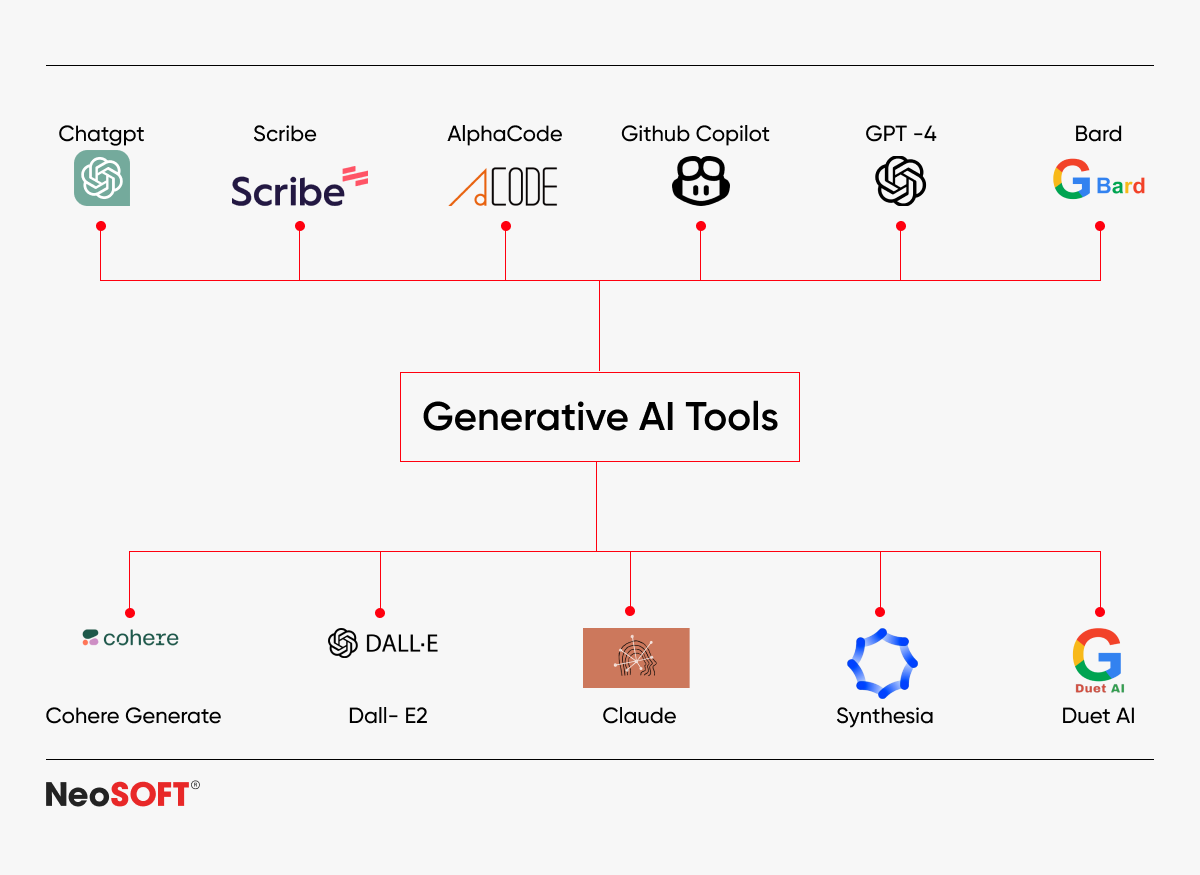
Here are a few key points to remember while applying generative AI for successful AI development outcomes.
First, the quality of the incoming data and output must match. Using clean, varied datasets with sufficient variation will produce more realistic and nuanced outcomes. Second, limiting the generative process – like style standards or predetermined goals – helps drive the model toward the intended results.
The most promising outcomes adopt a collaborative strategy that blends human intelligence, artificial general intelligence, innovation, and AI skills. This strategy promotes collaboration and creativity by using genAI as an instrument in the creative process rather than substituting it for the human brain and intuition.
The Future of Generative AI in Software Development
Generative AI (GenAI) will change many industries, such as medicine research and content creation. Nevertheless, its integration with current technologies, which streamline workflows and increase productivity, might have the most revolutionary effect. This integration has the power to alter the way we work and create premium products.
GenAI is revolutionizing product development by utilizing large language models and extensive data analysis to create highly personalized user experiences. This allows developers to customize products based on individual user preferences.
AI-driven personalization can significantly increase customer satisfaction and engagement by tailoring products to individual interests, ultimately driving innovation.
Artificial intelligence (AI) is great at generating ideas and finding the best solutions but needs the human team’s inventiveness and sophisticated understanding.
Conclusion
Although generative artificial intelligence (GenAI) effectively improves corporate outcomes and procedures, it’s crucial to realize that GenAI is only a small part of the broader AI scene. For optimal effects, businesses must combine GenAI with other AI strategies.
You risk disappointment if you overestimate GenAI’s capabilities or apply them to inappropriate use cases. A thorough assessment is essential to fully realizing GenAI’s potential.
It’s also critical to remember that GenAI cannot replace human originality and inventiveness. Rather, technology should be regarded as an instrument that may enhance and magnify human potential. The GenAI apps that blend AI’s strength with special insights and capabilities will be the most successful.
While GenAI’s rapid adoption makes guaranteeing its safe and responsible implementation challenging, it has also stimulated research into detection tools and training programs. In this changing environment, we must reconsider the nature and worth of human expertise as we continue to harness GenAI’s potential.
Explore how generative AI can enhance your software development processes and unlock new possibilities. Send your queries to info@neosofttech.com.






